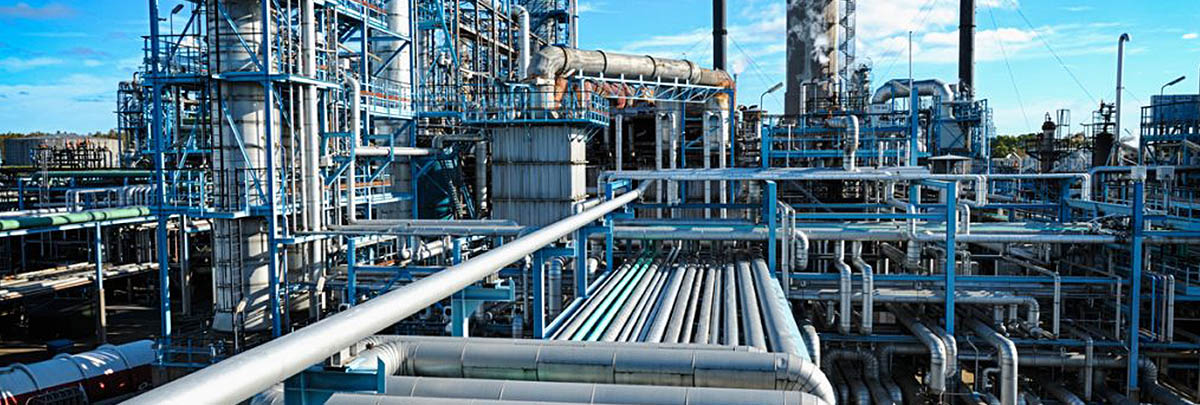-
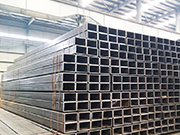
What are the differences between cold-formed steel and hot-formed steel
Cold-formed steel and hot-formed steel are two common ways for metal materials to be plastically processed under different temperature conditions. There are obvious differences between them in the molding process, performance characteristics, and scope of application. First of all, cold-formed st...Read more -
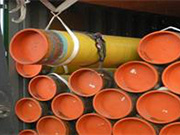
What are the characteristics of carbon steel pipes
1. High strength: Carbon steel pipes are generally stronger than other types of steel pipes and can withstand greater pressure and weight. 2. Good corrosion resistance: Carbon steel pipes have good corrosion resistance and can be used in various corrosive environments. 3. High-temperature resista...Read more -
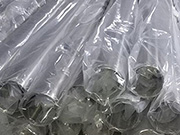
How to distinguish 304 stainless steel pipe
Stainless steel pipe is a common metal pipe widely used in construction, manufacturing, and engineering fields. Among them, 304 stainless steel pipe is the most common stainless steel pipe material. So, how do we distinguish 304 stainless steel pipes? 1. Observe the appearance and gloss First of ...Read more -

Characteristics and applications of pickled stainless steel pipes
As an important metal material, stainless steel pipe is widely used in many fields. As one of the processing methods, pickling stainless steel pipes plays a vital role in the production and processing of stainless steel pipes. 1. What is a pickled stainless steel pipe? Pickling stainless steel pi...Read more -
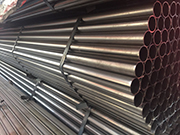
Carbon Steel vs. Cold Rolled Steel Pipes: Performance Comparison and Application Selection
Carbon steel and cold-rolled steel pipe are two common materials, each with unique properties and a wide range of applications. First, let’s learn about carbon steel. Carbon steel, as the name suggests, is a steel containing carbon, and its carbon content usually ranges from 0.05% to 2.1%. The st...Read more -

304 chemical stainless steel pipe
In the context of modern industry, 304 chemical stainless steel pipes are like tough arteries, carrying the flow of chemicals and maintaining the lifeline of production. With its excellent corrosion resistance and good processing performance, this kind of pipeline has become an indispensable part...Read more -
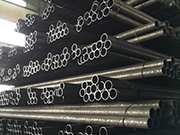
What are the processing methods of stainless steel pipes
The processing methods of stainless steel pipes mainly include the following: 1. Mechanical processing: including turning, milling, drilling, etc. These methods utilize the relative motion between the tool and the workpiece to process stainless steel into the desired shape through cutting. During...Read more -
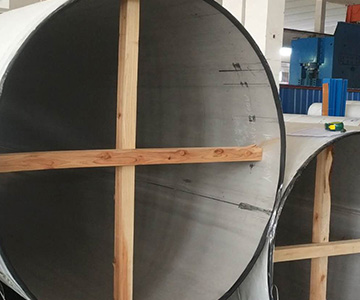
The differences between various types of stainless steel pipes
Stainless steel pipe is a common metal pipe that is widely used in construction, chemical industry, food processing, and other fields. 1. Material of stainless steel pipe. The main materials of stainless steel pipes include 304, 316, 321, etc. Among them, 304 stainless steel pipe has good corrosi...Read more -
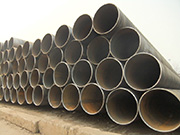
Q235B thick wall spiral steel pipe details
Q235B thick-walled spiral steel pipe is a high-strength, corrosion-resistant, high-temperature, and high-pressure steel pipe that is widely used in petroleum, natural gas, chemical industry, electric power, aviation, aerospace, rail transportation, and other fields. This steel pipe has excellent ...Read more -
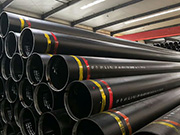
What are the weld grade requirements for internal and external epoxy powder-coated straight seam steel pipes
The weld grade requirements for internal and external epoxy powder-coated straight seam steel pipes are generally related to the pipe use and working environment. There will be corresponding requirements in engineering design and standard specifications. For example, for pipelines transporting co...Read more -

The difference between submerged arc welded spiral steel pipe and straight seam high frequency welded steel pipe
Submerged arc welding spiral steel pipe uses continuous welding wire as the electrode and filler metal. During operation, the welding area is covered with a layer of granular flux. The large-diameter spiral tube arc burns under the flux layer, melting the end of the welding wire and part of the b...Read more -
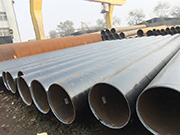
Large diameter anti-corrosion spiral steel pipe: an important role in engineering
With the acceleration of urbanization and the continuous advancement of infrastructure construction, large-diameter anti-corrosion spiral steel pipes are playing an increasingly important role in engineering construction. 1. Definition and background of large-diameter anti-corrosion spiral steel ...Read more

